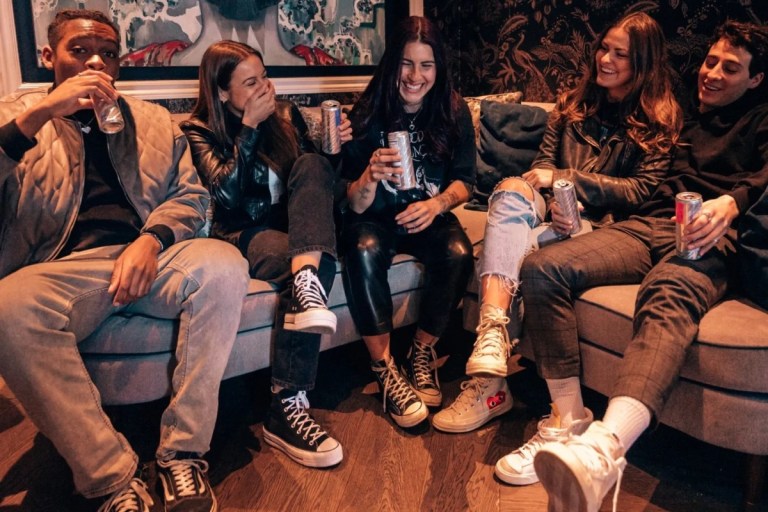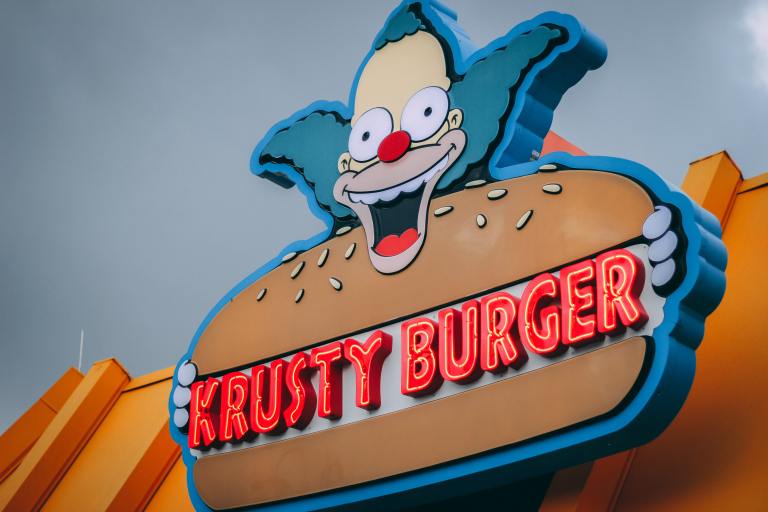Ethnographical Survey of Beverages
Many social functions are clarified and maintained by this fermented grape juice. It can serve as “admission” to dinner parties, as the host implicitly expects guests to bring a ~$15-20 bottle in order to offset the cost of food—as chronicled in a Seinfeld episode in which George Costanza laments having to buy a bottle for…
By Jimmy Chen


Wine
Many social functions are clarified and maintained by this fermented grape juice. It can serve as “admission” to dinner parties, as the host implicitly expects guests to bring a ~$15-20 bottle in order to offset the cost of food—as chronicled in a Seinfeld episode in which George Costanza laments having to buy a bottle for a party. Wine is also the central component in approaching intimacy with a date, by both its romantic evocations and alcohol content (12.5% by vol). It can be an alcoholic’s “surrogate date,” during which he—or she, but in this contributor’s sorry case, he—finishes a bottle of Zinfandel by himself on a Friday or Saturday night while masochistically listening to obscure jazz. Per yuppie protocol, one should casually note their knowledge of types of wines during small talk. A person who relishes in conveying the following facts during dinner parties are considered annoying by all: “Merlots” are thin, prosaic, and inferior; “Cabernets” are robust, full bodied, but somewhat brutish; “Zinfandels” are spicy and peppery, however unbalanced; “Pinot Noirs” are subtle and complex, as with “Syrahs.” A sommelier is a person at a fancy restaurant whose sole job is to pair wine with food. He might say “the nuttiness of our Boudreaux will tone down the caramelized fennel in your rabbit.” One imagines him with a thin mustache, parallel to a thin smirk.
Beer
Beer is basically flavored water, to which sugar and yeast has been added to form carbonated alcohol. Gender biased, it seems that men have an inordinate penchant for beer, perhaps due to both its intrinsic properties, and the expectation of engaging in masculine activities. A crisp bitterness both satisfies thirst and desire for a “buzz,” the incipient stage of inebriation. When a “buzz” becomes full on drunkenness, the subject will either be exceptionally jovial or violent, and people always hope for the former. Beer brands are ways to assert and/or reaffirm one’s demographic. Wine snobs (stuck at a bar) will kindly ask for a “Chimay” or any Belgian ale; hipsters will have “Pabst Blue Ribbon,” or, with more irony, “Miller High Life”; Rednecks or lower- to mid-Americans will have “Budweiser” or “Coors”; beach bros are likely to have a “Corona” in their allegiance with chillin’; the Japanese will have “Sapporo,” Bostonians will have “Sam Adams,” and those imperializing India are likely to cap off a hoppy IPA; and then there are beer snobs who prefer either local micro-brews or European (mainly English, Scottish, German, and Czech) selections on draught. Beer’s spokesperson is Homer Simpson, whose mmm…beer epitomizes the simple yet profound sentiment of its aficionados. The foamy part which resides at the top of a glass is called “head,” perhaps a wishful semantic bj.
Coffee
Coffee contains caffeine, a highly addictive substance which psycho-actively stimulates the central nervous system. The “coffee house” or café phenomenon began in the pacific northwest, specifically, Seattle, Washington—and has ventured down throughout Portland, San Francisco, and (less so) Los Angeles. Wi-fi is usually free at these coffee houses, and patrons will spend hours on their laptop poking people online and ignoring people irl. In the east coast, people are less obsessed with leisure, and tend to just get coffee “to go,” from Dunkin’ Donuts usually. Espresso is a highly concentrated kind of coffee which, as a shot or double shot, is very agile in its mediation with dairy. An “espresso” is the name of the shot, taken straight by men who ride motorcycles; a “latte” is espresso with steamed milk, enjoyed by rich housewives en route to shopping; a “cappuccino” is espresso with milk capped off with foam (a “dry cappuccino” only has foam), the choice drink for Europeans; an “au lait” is half coffee/half milk (this is not an espresso drink but is included here); a “macchiato” is basically a mini-strong cappuccino, just as a “gibraltar” is a mini-strong latte; a “mocha” is a latte w/ chocolate; an “Americano” is espresso with hot water, which functions as a regular cup of coffee. Starbucks has invented alternative drinks, which all taste horrible, in effort to propagate their unique branding.
Tea
People who drink tea tend to be annoying, an assertion backed up by two main examples: 1) old women who live in England love tea. Every day at 4:00 pm or something they drink it with cookies or pastries. A lot of focus goes into the tea cups and other tea paraphernalia. These women will stick their pinky out as an indication of their elegant prudence in observance of the tea cup’s fragility. They add a lot of sugar to the tea and that is why they have large asses. 2) Hippies, mainly in (but not excluded to) California, will drink green tea while saying the words “antioxidant,” “subtle,” and “Asian.” These people do yoga and practice Buddhism; they sit with their legs crossed drinking tea like it’s the warm rain of Zen. When an alcoholic is told by his mother to not drink so much, he—grant me the third-person here—will drink tea in its place for like 72 hours, a course which ends with the phrase “fuck it,” said incessantly in his mind until he is able to procure some bourbon (we’ll examine liquor, sadly, at another juncture). Anyways, tea sucks.
Juice
While theoretically derived from extracting “juice” from fruit’s pulp/fiber, modern juice is a highly mediated (agriculturally) and marketed (commercially) phenomenon, for ostensible juice is really just colored sugar water with relatively low amounts (~5-10%) of real juice. Hence, the consumer is empowered to choose between “real juice” and “ostensible juice,” paying more for the former, which points to the socioeconomics of juice, as eloquently described by David Chappelle in a joke wherein African-Americans, being financially limited to “purple drink” their entire lives, emphatically ask WHAT THE FUCK IS JUICE when confronted by it a white person’s home. Chappelle goes on to imagine a Sunny Delight commercial in which the black kid, in the background behind the white kids in front of the open fridge eyeing the orange juice, contemplates his preference for purple drink. This brings us full circle to wine, purple drink for you and me. ![]()




